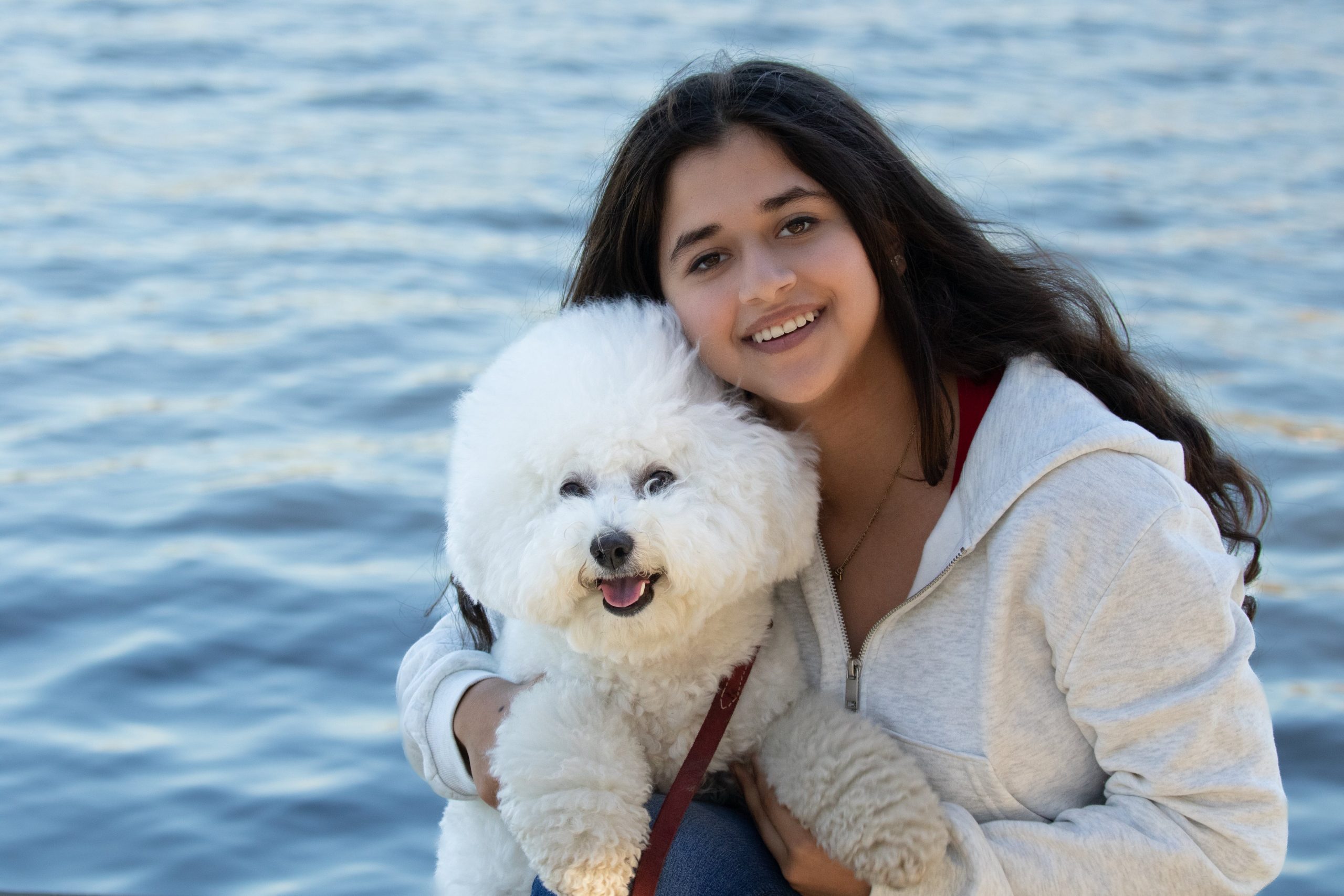Grooming is an essential aspect of dog care that not only keeps dogs looking their best but also supports their overall health and well-being. However, dog care needs can vary greatly from one breed to another. Some breeds require minimal care, consisting only of the occasional bath and brush-out, while others demand more time, effort and expertise, often requiring regular professional grooming sessions. . This article will discuss eight dog breeds that are known for their intensive care needs, exploring the specific needs of each and the reasons behind them. Understanding these needs is important for prospective and current dog owners to ensure they are well prepared to provide the necessary care to their furry companions.
1. Afghan Hound
The Afghan Hound, with its long, silky coat, is undoubtedly one of the most high-maintenance breeds when it comes to grooming. This beautiful breed requires daily brushing to prevent tangles and mats, which can quickly become a serious issue if ignored. In addition to regular brushing, Afghan Hounds often require professional care to maintain the condition and appearance of their coat. Their long hair can easily collect debris and they require frequent baths, but drying their hair is a time-consuming process that requires patience and care. The beauty of the Afghan Hound’s coat is undeniable, but grooming requires a significant commitment.
2. Poodle
Poodles of all sizes (standard, miniature and toy) are famous for their curly, dense coats that are both a blessing and a challenge. Their hair grows continuously and does not shed much, making them a popular choice for people with allergies. However, this same characteristic means that Poodles require regular grooming to avoid mats and keep their coat in good condition. Professional clipping every 4-6 weeks is recommended to maintain the desired shape and prevent overgrowth which can lead to tangles and skin problems. Poodles also benefit from regular bathing, brushing and ear cleaning to keep them looking and feeling their best.
3. Bichon Frize
The Bichon Frize with its fluffy, white coat requires extensive care to maintain its distinctive appearance. Their soft, curly hair can easily become tangled even without regular brushing and combing. Professional grooming is often necessary every 4-6 weeks to trim their coat and avoid overgrowth that can lead to skin problems. Bichons also require frequent bathing to keep their white fur shiny and clean, but care should be taken to dry their dense coat thoroughly to prevent matting. Regular ear cleaning is also important to prevent infections, a common problem in breeds with floppy ears.
4. Cocker Spaniel
Cocker Spaniels are known for their beautiful, wavy coats and long, floppy ears, both of which require regular grooming. Their silky hair can easily become matted or matted, especially under the ears and on the chest and legs. Regular brushing at least a few times a week is essential, along with professional grooming every 6-8 weeks to trim their coat and prevent mats from forming. Their ears require special attention to be kept clean and dry, reducing the risk of ear infections, which is a common problem in this breed.
5. Yorkshire Terrier
Yorkshire Terriers, or Yorkies, have fine, silky hair that grows long and requires significant grooming effort to maintain. Many owners choose to trim their Yorkie’s hair to a manageable length, but those who prefer the traditional longer style will need daily brushing to prevent tangles and mats. Regular professional grooming is also necessary to trim their hair and keep it in good condition. Yorkies require a bath every few weeks, and care should be taken to gently brush and dry their delicate hair to avoid damage.
6. Old English Sheepdog
The Old English Sheepdog is famous for its shaggy coat, which requires a considerable amount of care to keep it healthy and free of mats. Daily brushing is necessary to prevent tangles, and their coats require regular trims by a professional groomer to keep them at a manageable length and maintain cleanliness. Their thick fur can trap dirt and moisture, increasing the risk of skin infections if not properly cared for. Additionally, their eyes and rear require regular trimming to keep them clean and prevent blockage.
7. Samoyed
Samoyeds are known for their luxurious white, fluffy coats that require extensive care to maintain. Their thick, double-layer coat sheds heavily and they require regular brushing – several a week – to remove loose hair and prevent hair loss, especially during the shedding season. Times. Samoyeds benefit from professional grooming to trim and shape their coat and keep it healthy. Bathing should be done sparingly to preserve the coat’s natural oils, but when necessary, it is important to dry thoroughly to prevent matting of their dense undercoat.
8. Shih Tzu
Shih Tzus have long, flowing coats that require daily attention to prevent tangles and tangles. Many owners opt for a “puppy cut” to reduce grooming needs, but those maintaining the traditional long coat must commit to a rigorous grooming routine. Regular professional grooming is essential to keep their coat trim and healthy. Shih Tzus also require frequent eye cleaning to prevent irritation caused by hair and to manage tear stains. Their face and ears require regular attention to keep them clean and free from infection.
Maintaining the health and appearance of some dog breeds requires a significant commitment to care. Breeds such as the Afghan Hound, Poodle, Bichon Frize, Cocker Spaniel, Yorkshire Terrier, Old English Sheepdog, Samoyed and Shih Tzu demand regular brushing, professional grooming sessions and specific care routines to prevent health problems and keep their coats in excellent condition. Do it. Owners of these breeds must be prepared to invest time, effort, and resources to ensure that their pets are happy, healthy, and looking their best. Proper care not only enhances the appearance of the dog but also plays an important role in their overall well-being.

